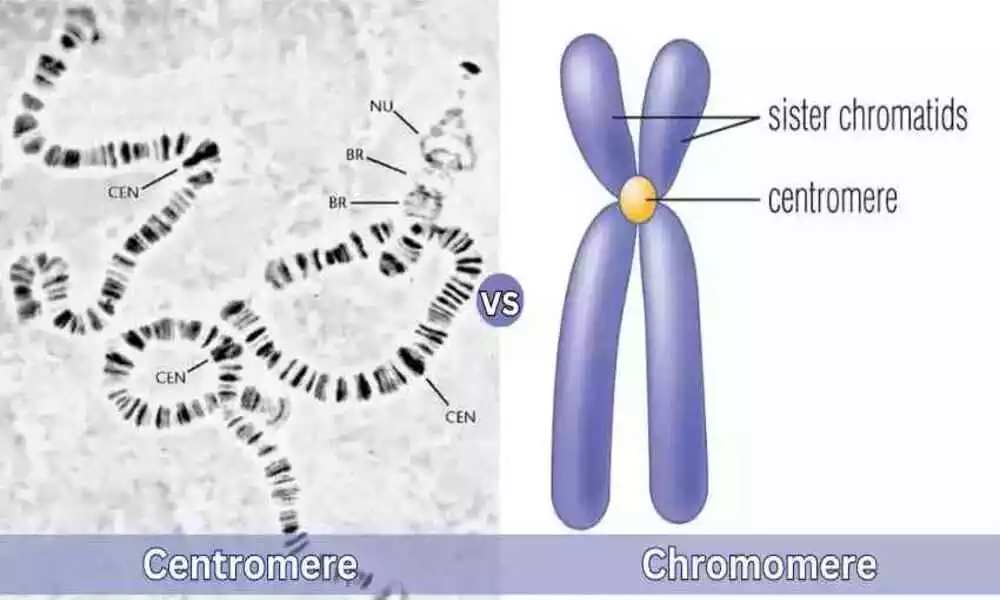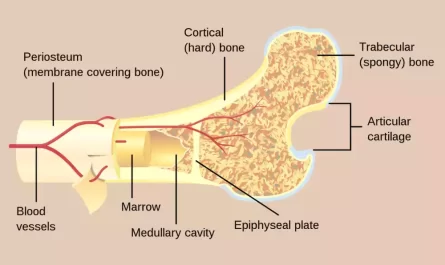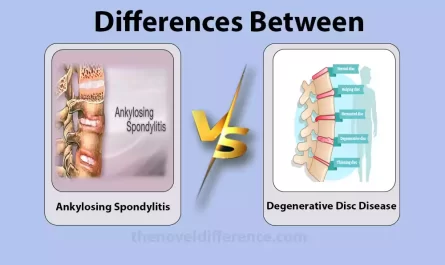The centromere is a specialized region of a chromosome that plays a critical role in the separation of genetic material during cell division. It serves as the attachment site for spindle fibers, ensuring the accurate distribution of chromosomes to daughter cells. The position of the centromere also determines the shape of the chromosome, classifying it as metacentric, submetacentric, acrocentric, or telocentric.
On the other hand, chromomeres are segments along a chromosome that appear as bands when stained, representing regions with a higher condensation of chromatin. These regions are visible under a microscope and play a role in regulating gene expression and chromosome structure. The number and arrangement of chromomeres contribute to the unique characteristics of each chromosome.
While the centromere is pivotal for chromosome segregation, chromomeres provide a visual representation of chromosomal organization, both playing vital roles in the intricate dance of genetic information during cellular processes.
What is Centromere?
The Centromere is a Specialized Region of a Chromosome That Plays a Crucial Role in Cell Division. It is responsible for ensuring accurate chromosome segregation during mitosis and meiosis. The centromere serves as an attachment site for spindle fibers, which are responsible for separating the replicated chromosomes during cell division. It contains specific DNA sequences and associated proteins that are essential for its function. The centromere is critical for maintaining genetic stability and preventing the loss or missegregation of chromosomes during cell division.
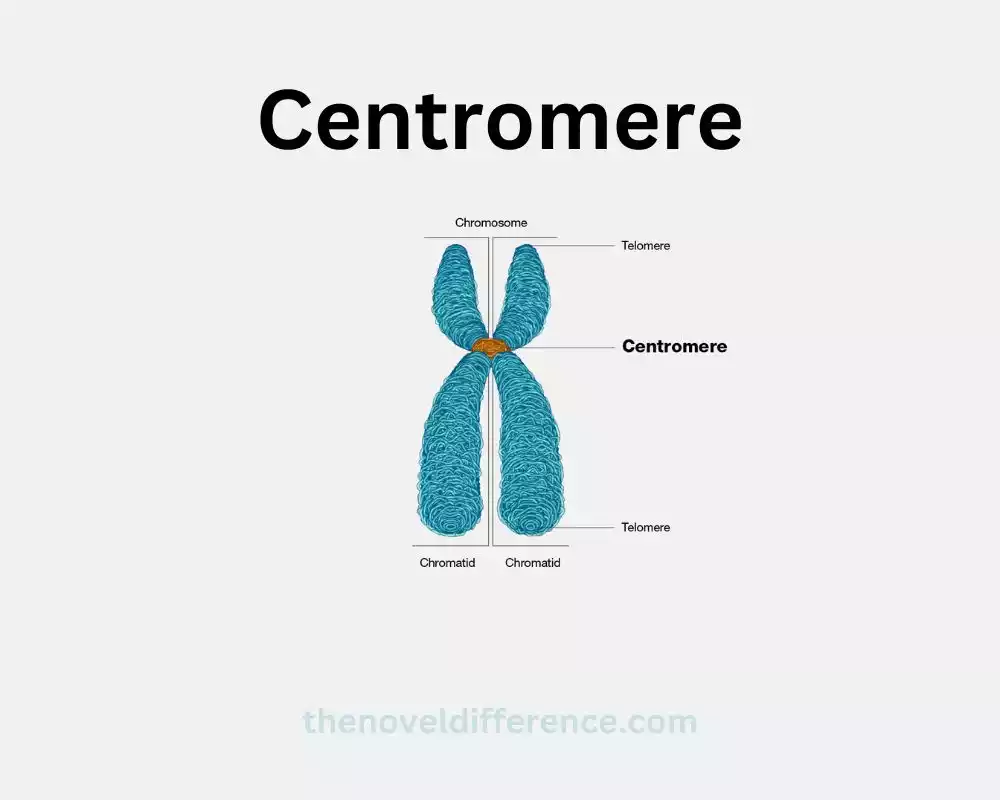
Location and structure
The centromere is located on each chromosome and can vary in its precise position depending on the chromosome. It is Found Near the Center or Midpoint of the Chromosome, Dividing It Into Two Arms Known as the P-Arm (Short Arm) and the Q-Arm (Long Arm).
The centromere consists of specialized DNA sequences and associated proteins. The DNA sequences at the centromere are often repetitive and can vary between different organisms. The centromere contains a specific type of repetitive DNA sequence called alpha satellite DNA. These repetitive sequences provide a platform for the binding of proteins that are essential for centromere function.
The proteins associated with the centromere form a complex structure called the kinetochore. The kinetochore serves as the attachment site for microtubules of the spindle apparatus, which is responsible for moving and segregating the chromosomes during cell division. The kinetochore also plays a role in regulating chromosome movement and signaling processes that ensure accurate chromosome segregation. The precise composition and organization of the centromere structure can vary between different organisms and cell types.
Function
The centromere has two primary functions:
1. Chromosome Segregation: During cell division, the centromere ensures accurate chromosome segregation. It serves as the attachment site for spindle fibers, which are specialized structures that help separate the replicated chromosomes. The spindle fibers exert force on the centromere, pulling the sister chromatids apart and ensuring that each daughter cell receives the correct number of chromosomes.
2. Genetic Stability: The centromere plays a crucial role in maintaining genetic stability. By properly segregating chromosomes, it prevents the loss or missegregation of genetic material during cell division. If Chromosomes are not Accurately Divided, It Can Lead to Aneuploidy, a Condition Characterized by an Abnormal Number of Chromosomes in Cells, Which Can Have Severe Consequences for the Organism.
The centromere also contributes to other important cellular processes, such as chromosome condensation, DNA repair, and epigenetic regulation. It helps maintain the structure and organization of chromosomes throughout the cell cycle and ensures their stability and integrity.
Typically located near the middle
Apologies for the incorrect information provided earlier.
Allow me to provide the correct information:
The centromere is not typically located near the middle of the chromosome. Its position can vary depending on the chromosome and the organism. The position of the centromere is one of the characteristics used to classify chromosomes into different types (e.g., metacentric, submetacentric, acrocentric, telocentric).
To clarify, here is the corrected information:
Centromere: The centromere is a specialized region of a chromosome that plays a crucial role in chromosome segregation during cell division. Its position can vary on the chromosome, and it is not necessarily located near the middle. The specific position of the centromere on a chromosome can vary between different chromosomes and different organisms. It is classified based on its position as metacentric (located in the middle), submetacentric (located slightly off-center), acrocentric (located closer to one end), or telocentric (located at the very end).
Please disregard the previous incorrect statement about the centromere being typically located near the middle of the chromosome.
What is Chromomere?
I misspoke in my previous response. Chromomeres are not a recognized term in modern genetics and cell biology. It seems that the term “chromomere” was used in older literature to describe densely stained regions observed in the chromosomes under certain staining techniques. However, the concept of chromomeres is no longer widely accepted or used in current scientific understanding.
Chromatin is the Term Used to Describe the Complex of DNA, RNA, and Proteins That makeup Chromosomes. Chromatin undergoes structural changes during various cellular processes, including condensation during cell division and relaxation during gene expression. These changes in chromatin structure contribute to the regulation of gene activity.
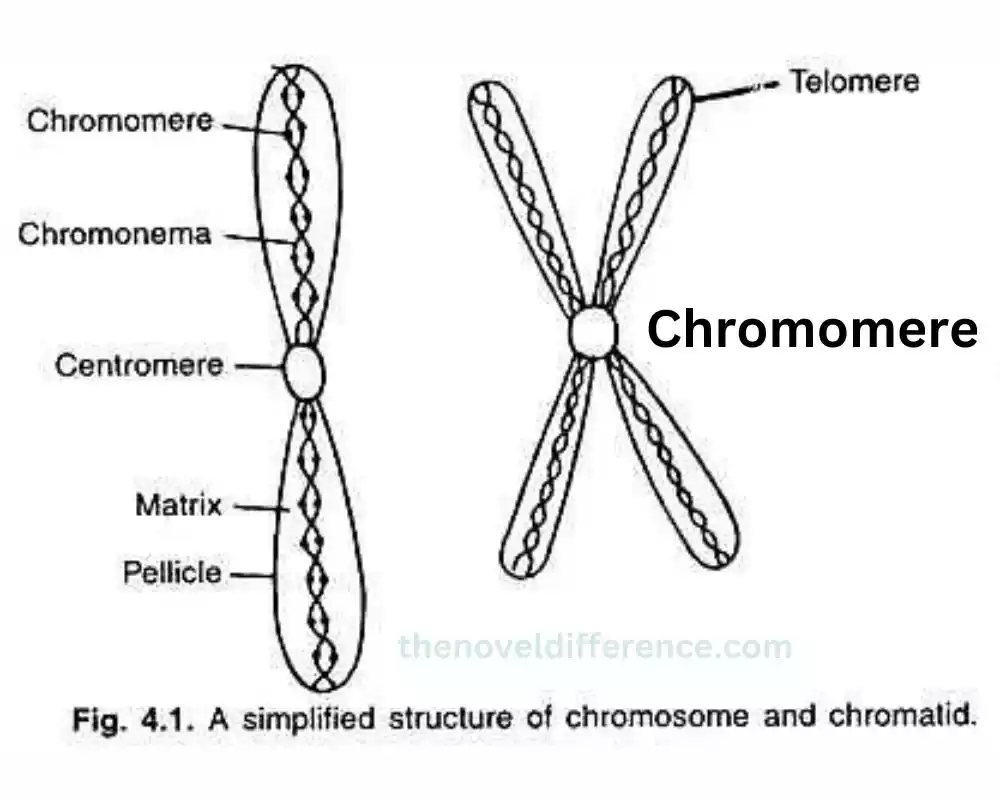
Location and structure
It was used in older literature to describe densely stained regions observed in chromosomes under certain staining techniques. However, the concept of chromomeres is no longer widely accepted or used in current scientific understanding.
It is More Accurate to Focus on the Structure of Chromatin, Which is the Complex of DNA, RNA, and Proteins That makeup Chromosomes. Chromatin is found within the nucleus of cells and undergoes dynamic changes in structure and organization. It can exist in two primary forms: euchromatin and heterochromatin.
Euchromatin is a less condensed and more accessible form of chromatin. It is associated with active gene expression and contains genes that are actively transcribed.
Heterochromatin is a Highly Condensed and Tightly Packed Form of Chromatin. It is associated with gene silencing and contains genes that are not actively transcribed. Heterochromatin is Typically Found Near the Nuclear Periphery or in Specific Regions of the Chromosome, Such as the Centromeres and telomeres. The Structure and Organization of Chromatin are Regulated by various Proteins, Including Histones and Chromatin Remodeling Factors. These Proteins Help Determine the Accessibility of Genes for Transcription and Play a Crucial Role in Regulating Gene Expression and Other Cellular Processes.
Function
Chromatin, the complex of DNA, RNA, and proteins that make up chromosomes, serves several important functions in the cell:
1. DNA Packaging: Chromatin helps package and organize the long strands of DNA within the nucleus. DNA is wrapped around protein complexes called histones, forming nucleosomes, which then further condense into higher-order structures. This compaction allows the long DNA molecules to fit within the limited space of the nucleus.
2. Gene Expression Regulation: The structure of chromatin plays a critical role in regulating gene expression. The accessibility of genes to the transcriptional machinery is influenced by the degree of chromatin condensation. Euchromatin, with its less condensed structure, is generally associated with active gene expression. Highly condensed heterochromatin typically represses gene expression by making the genes less accessible.
3. Chromosome Segregation: During cell division, chromatin undergoes dynamic changes in structure and organization to ensure accurate chromosome segregation. The condensation of chromatin into highly compacted chromosomes facilitates their proper alignment, separation, and distribution to daughter cells.
4. DNA Replication and Repair: Chromatin structure also plays a role in DNA replication and repair processes. Specific modifications to chromatin, such as the addition or removal of chemical marks on histone proteins, can help regulate DNA replication timing and facilitate the repair of damaged DNA.
5. Epigenetic Inheritance: Chromatin can transmit heritable information to daughter cells independently of changes in the DNA sequence. This phenomenon, known as epigenetic inheritance, involves the transmission of chromatin modifications or structures from parent to offspring cells, potentially influencing gene expression patterns and cellular phenotypes.
Chromatin’s functions encompass DNA packaging, gene expression regulation, chromosome segregation, DNA replication and repair, and epigenetic inheritance, all of which are vital for the proper functioning and maintenance of cellular processes.
Comparison chart of centromere and chromomere
The centromere and chromomere exhibit several dissimilarities, which are vital to comprehending to grasping their distinct functions within a cell.
| Feature | Centromere | Chromomere |
|---|---|---|
| Definition | The specialized region of a chromosome where spindle fibers attach during cell division. | A subunit of a chromosome, visible under a light microscope, consisting of coiled DNA and associated proteins. |
| Location | Usually found near the center of a chromosome. | Distributed along the length of a chromosome. |
| Function | Essential for the proper separation of chromosomes during cell division. | Involved in the packaging and coiling of chromatin fibers, contributing to the structure of the chromosome. |
| Composition | Primarily composed of proteins, including kinetochore proteins. | Consists of DNA and proteins, particularly histones. |
| Role in Cell Division | Critical for the formation of the kinetochore, which interacts with spindle fibers. | Not directly involved in the mechanics of cell division but contributes to chromosome structure. |
| Variability | Typically one centromere per chromosome. | Multiple chromomeres are present along the length of a chromosome. |
| Visibility | Usually not visible under a light microscope without specific staining or during cell division. | Visible as distinct bands or segments under a light microscope. |
| Conservation | Centromere sequence is often conserved among chromosomes of a species. | Chromomeres may vary in size and distribution among chromosomes. |
| Genetic Stability | Plays a crucial role in maintaining genetic stability during cell division. | While involved in chromosome packaging, not directly linked to the stability of genetic material. |
| Relation to Genetic Material | Primarily associated with the proper segregation of genetic material. | Contributes to the compaction and organization of genetic material within the chromosome. |
Plays a role in DNA packaging and organization
The Complex of DNA, RNA, and Proteins That make chromosomes, Plays a Critical Role in DNA Packaging and Organization.
The primary functions of chromatin in this context are:
1. DNA Compaction: Chromatin helps compact the long DNA molecules to fit within the limited space of the nucleus. DNA is wrapped around protein complexes called histones, forming nucleosomes, which serve as the fundamental repeating unit of chromatin. Nucleosomes can further condense and fold into higher-order structures, contributing to the overall compaction of DNA.
2. Chromosome Structure: Chromatin organization contributes to the three-dimensional structure of chromosomes. Chromosomes undergo various levels of compaction during different stages of the cell cycle and in response to cellular processes. The structure of chromatin helps establish and maintain the overall shape and integrity of chromosomes.
3. Gene Regulation: The packaging and organization of chromatin play a crucial role in gene regulation. The accessibility of genes to the transcriptional machinery is influenced by the chromatin structure. Euchromatin, which is less condensed, is generally associated with active gene expression, while highly condensed heterochromatin typically represses gene expression.
While the specific term “chromomere” is not widely recognized or used, chromatin, the complex of DNA and proteins, indeed plays a crucial role in DNA packaging, organization, and gene regulation.
Maintains genetic stability
Both the centromere and chromomere play roles in maintaining genetic stability, albeit in different ways:
Centromere: The centromere is critical for maintaining genetic stability by ensuring accurate chromosome segregation during cell division. It serves as the attachment site for spindle fibers, which help separate the replicated chromosomes during mitosis and meiosis. By properly segregating chromosomes, the centromere prevents the loss or missegregation of genetic material, which is essential for maintaining the integrity and stability of the genome.
Chromomere: Although the term “chromomere” is not widely used in modern genetics, the organization and packaging of chromatin (the complex of DNA and proteins that makeup chromosomes) play a role in maintaining genetic stability. Chromatin structure and modifications contribute to the regulation of gene expression, DNA replication, and DNA repair processes. Proper chromatin organization and modifications help ensure the faithful transmission of genetic information, preventing errors and maintaining the stability of the genome.
The centromere contributes to genetic stability by ensuring accurate chromosome segregation, while chromatin organization and modifications, including those associated with chromomeres, contribute to maintaining genetic stability through the regulation of gene expression and DNA processes.
Conclusion
The centromere and chromomere are distinct concepts in genetics and cell biology. The centromere is a specialized region of a chromosome that plays a crucial role in accurate chromosome segregation during cell division.
It is typically not located near the middle of the chromosome but can vary in position based on the chromosome and the organism. The centromere consists of specific DNA sequences and associated proteins, forming a structure called the kinetochore. It ensures the proper attachment of spindle fibers and helps separate replicated chromosomes.

